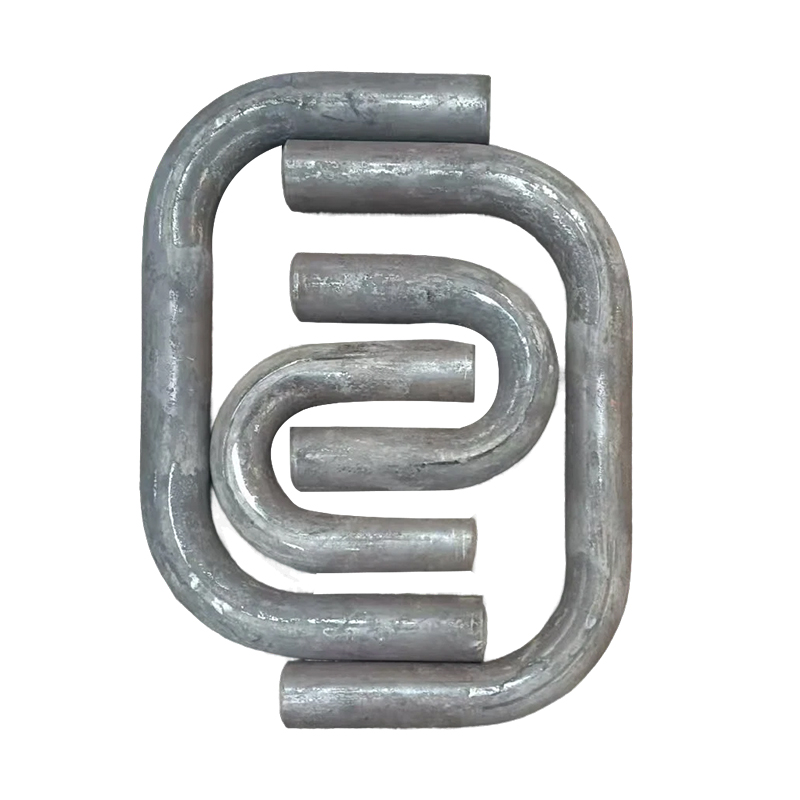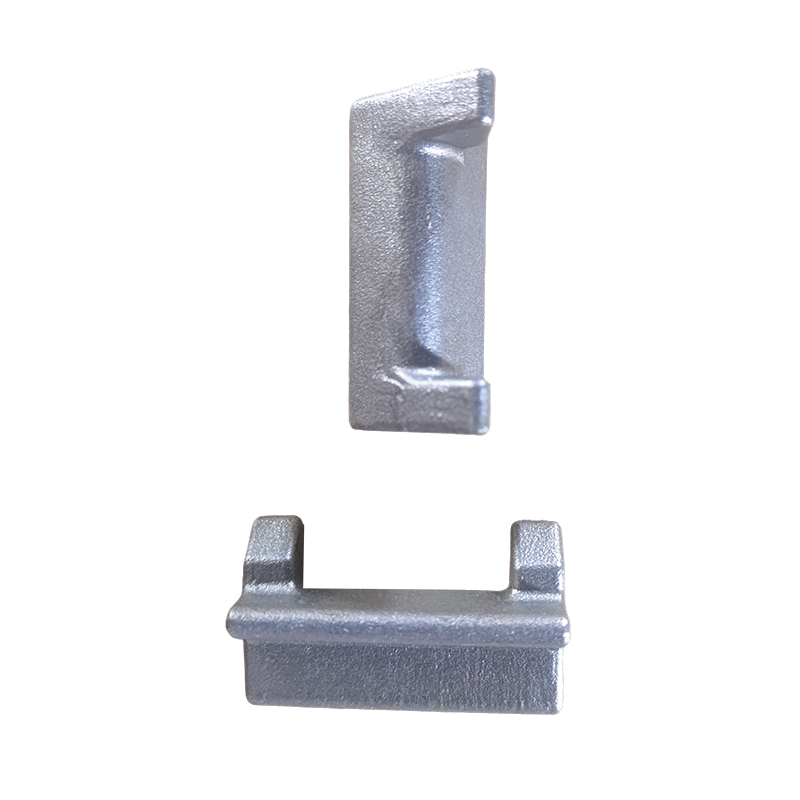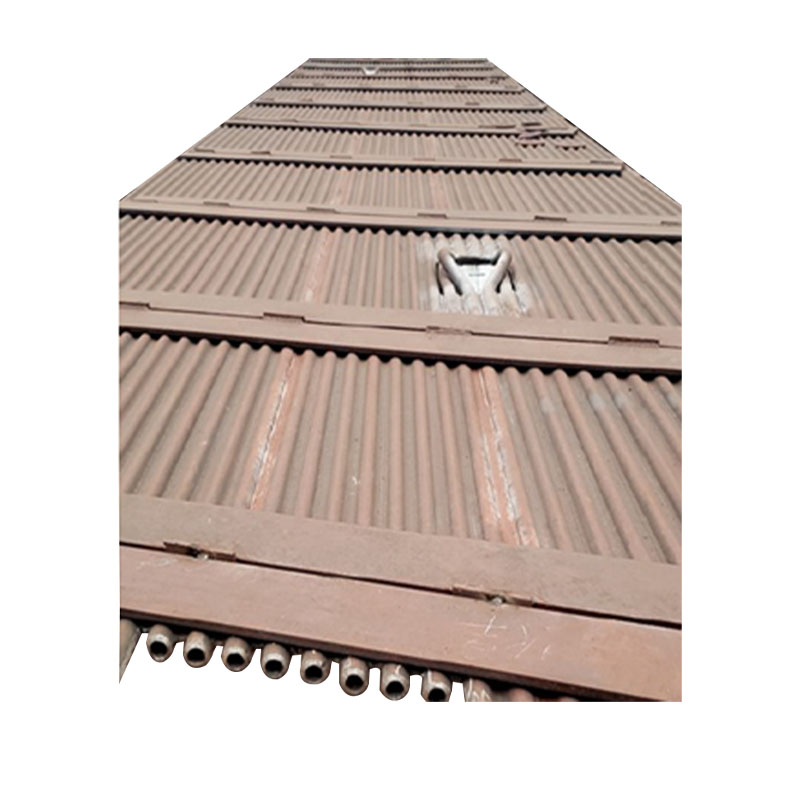What maintenance measures are needed to ensure the long-term and stable operation of serpentine tube products?
Release Time : 2025-05-27
The key to ensuring the long-term and stable operation of serpentine tube products is to take a series of targeted maintenance measures. These measures can not only extend the service life of the equipment, but also ensure its efficient operation under various complex working conditions.
First of all, regular inspection is the foundation of the foundation. By regularly visually inspecting the serpentine tube, potential problems such as surface corrosion, deformation or leakage can be discovered in time. This intuitive inspection does not require complex tools, but requires a meticulous attitude. For serpentine tubes with more hidden installation locations, special attention should be paid to those parts that are difficult to observe directly, and auxiliary tools such as endoscopes should be used for inspection when necessary. At the same time, it is equally important to pay attention to the status of the connection parts. Any looseness or wear may become the source of failure.
Cleaning work is also an important part of the maintenance process that cannot be ignored. Serpentine tubes are often exposed to harsh environments and are prone to accumulate dust, oil stains and even chemical residues. If these pollutants are not cleaned in time, they will not only affect the heat exchange efficiency, but may also accelerate the corrosion of the tube wall. It is important to use the appropriate cleaning methods and cleaning agents. When choosing a cleaning solution, the specific conditions of the serpentine tube material and the environment in which it is located should be taken into consideration. Gentle and effective cleaning methods can help protect the surface of the serpentine tube from damage and maintain its original smoothness and thermal conductivity.
Lubrication is for certain types of serpentine tubes, especially those with moving parts. Although serpentine tubes are mainly known for their fixed structure, in some applications, such as serpentine tubes with adjustment mechanisms, proper lubrication can reduce friction and avoid functional failure due to excessive wear. Selecting the right lubricant and applying it according to the manufacturer's recommended method can effectively improve the efficiency of the equipment and reduce energy consumption.
Preventing corrosion is an important part of ensuring the long-term and stable operation of serpentine tubes. In addition to regular cleaning, the corrosion resistance of serpentine tubes can also be enhanced by applying anti-corrosion coatings. It is particularly important to choose the most suitable anti-corrosion material according to different usage scenarios and media types. In addition, it is also one of the effective strategies to prevent corrosion to arrange the location layout of serpentine tubes reasonably and avoid direct contact with corrosive substances as much as possible. For areas that have shown signs of slight corrosion, timely treatment should be carried out to prevent the corrosion from expanding.
The maintenance of sealing should not be underestimated. Serpentine tubes are usually used to transport liquids or gases, so their sealing performance directly affects the overall safety and efficiency of the system. Regularly checking the aging degree of seals and replacing aged seals or other sealing materials in time can effectively avoid leakage accidents. Especially for serpentine tubes working in high pressure or high temperature environments, the monitoring and maintenance of their sealing should be strengthened.
Finally, training operators to correctly use and maintain serpentine tubes is also one of the key factors to ensure their long-term stable operation. A well-trained operating team can not only maximize the performance of the equipment, but also be keenly aware of possible problems with the equipment during daily operations. By organizing technical exchange meetings or inviting professional technicians for on-site guidance, the overall technical level of the team can be continuously improved, thereby ensuring that the serpentine tube is always in the best working condition.
In summary, in order to ensure the long-term stable operation of serpentine tube products, full attention needs to be paid to many aspects, from regular inspection, cleaning and maintenance, proper lubrication to corrosion prevention, maintaining sealing and training operators. Only by comprehensively and meticulously implementing these maintenance measures can serpentine tubes continue to play an important role in various application scenarios and provide solid guarantees for the development of related industries.
First of all, regular inspection is the foundation of the foundation. By regularly visually inspecting the serpentine tube, potential problems such as surface corrosion, deformation or leakage can be discovered in time. This intuitive inspection does not require complex tools, but requires a meticulous attitude. For serpentine tubes with more hidden installation locations, special attention should be paid to those parts that are difficult to observe directly, and auxiliary tools such as endoscopes should be used for inspection when necessary. At the same time, it is equally important to pay attention to the status of the connection parts. Any looseness or wear may become the source of failure.
Cleaning work is also an important part of the maintenance process that cannot be ignored. Serpentine tubes are often exposed to harsh environments and are prone to accumulate dust, oil stains and even chemical residues. If these pollutants are not cleaned in time, they will not only affect the heat exchange efficiency, but may also accelerate the corrosion of the tube wall. It is important to use the appropriate cleaning methods and cleaning agents. When choosing a cleaning solution, the specific conditions of the serpentine tube material and the environment in which it is located should be taken into consideration. Gentle and effective cleaning methods can help protect the surface of the serpentine tube from damage and maintain its original smoothness and thermal conductivity.
Lubrication is for certain types of serpentine tubes, especially those with moving parts. Although serpentine tubes are mainly known for their fixed structure, in some applications, such as serpentine tubes with adjustment mechanisms, proper lubrication can reduce friction and avoid functional failure due to excessive wear. Selecting the right lubricant and applying it according to the manufacturer's recommended method can effectively improve the efficiency of the equipment and reduce energy consumption.
Preventing corrosion is an important part of ensuring the long-term and stable operation of serpentine tubes. In addition to regular cleaning, the corrosion resistance of serpentine tubes can also be enhanced by applying anti-corrosion coatings. It is particularly important to choose the most suitable anti-corrosion material according to different usage scenarios and media types. In addition, it is also one of the effective strategies to prevent corrosion to arrange the location layout of serpentine tubes reasonably and avoid direct contact with corrosive substances as much as possible. For areas that have shown signs of slight corrosion, timely treatment should be carried out to prevent the corrosion from expanding.
The maintenance of sealing should not be underestimated. Serpentine tubes are usually used to transport liquids or gases, so their sealing performance directly affects the overall safety and efficiency of the system. Regularly checking the aging degree of seals and replacing aged seals or other sealing materials in time can effectively avoid leakage accidents. Especially for serpentine tubes working in high pressure or high temperature environments, the monitoring and maintenance of their sealing should be strengthened.
Finally, training operators to correctly use and maintain serpentine tubes is also one of the key factors to ensure their long-term stable operation. A well-trained operating team can not only maximize the performance of the equipment, but also be keenly aware of possible problems with the equipment during daily operations. By organizing technical exchange meetings or inviting professional technicians for on-site guidance, the overall technical level of the team can be continuously improved, thereby ensuring that the serpentine tube is always in the best working condition.
In summary, in order to ensure the long-term stable operation of serpentine tube products, full attention needs to be paid to many aspects, from regular inspection, cleaning and maintenance, proper lubrication to corrosion prevention, maintaining sealing and training operators. Only by comprehensively and meticulously implementing these maintenance measures can serpentine tubes continue to play an important role in various application scenarios and provide solid guarantees for the development of related industries.







